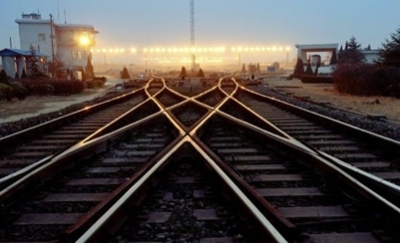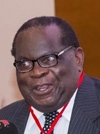
The African Capacity Building Foundation’s (ACBF) Executive Secretary, Prof. Emmanuel Nnadozie said that the ACBF will continue to support growing countries as well as those facing challenges with the capacities required to achieve the expected doubling of Africa's growth rate by 2026. As well as tackle the challenge posed by inequality and demographic growth.
Speaking on Monday as a panellist at the launch of the African Economic Outlook (AEO) 2015, during the opening ceremony of the 50th Annual meetings of the African Development Bank Group being held in Abidjan, Côte d’Ivoire, Prof. Nnadozie said that Africa’s growth owed, among other reasons, to deep economic reforms to stabilize the macroeconomic environment. These are results to which ACBF, along with other capacity building institutions, takes pride to have contributed to.
However, despite a positive outlook for Africa’s growth - projected by AEO 2015 to reach 6.2% in 2016, on par with that of emerging and developing Asia – inequality will remain rife as continental growth is not inclusive, with many an African country left behind. This, in turn, means that the gap between rich and poor, the purchasing power parity between men and women as well as the poverty level between African living in coastal countries and those living in landlocked ones will keep on widening.
Demographic growth will also need to be addressed if the continent is to make the best of its forecast economic progress. Sub Saharan Africa’s population is set to grow by 200% between 2010 and 2050, with the workforce projected to increase by 910 million and those in the working age bracket standing at 1.1 billion individuals. In the meantime, the portion of African living in cities by 2030 will be 50% of the continents population.
“Such demographic growth will request country and continental policies to focus on education and jobs, a breakaway from development strategies of the past, which have focused more on economic sectors and productivity, and not enough on people and places, creating disparities,” said Prof. Nnadozie.
He added that regional development strategies can contribute to innovative solutions to Africa’s inequality. Joint infrastructure projects, such as the East Africa Community’s railway, could act as a catalyst to strengthen regional and economic integration, enhancing trade, creating jobs and opportunities and facilitating the movement of people and goods and helping reduce the inequality gap between people and genders.
“The AEO 2015 has shown that public policy in Africa needs to be innovative. There is a need to ensure that the right capacities on the continent exist to do this,” said Prof. Nnadozie.





